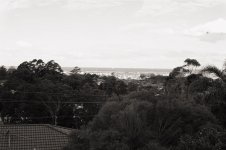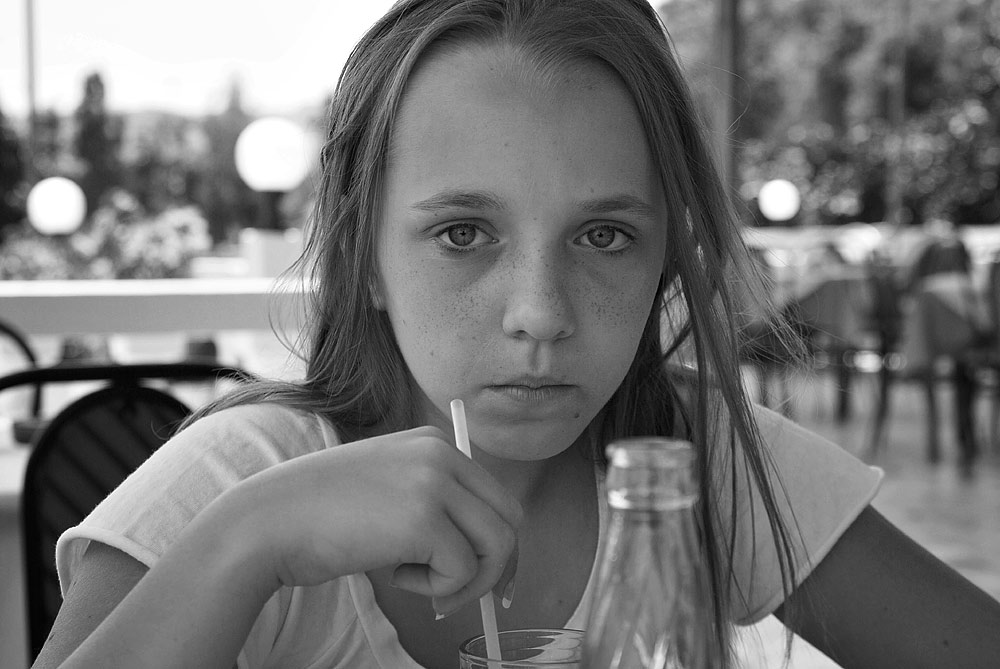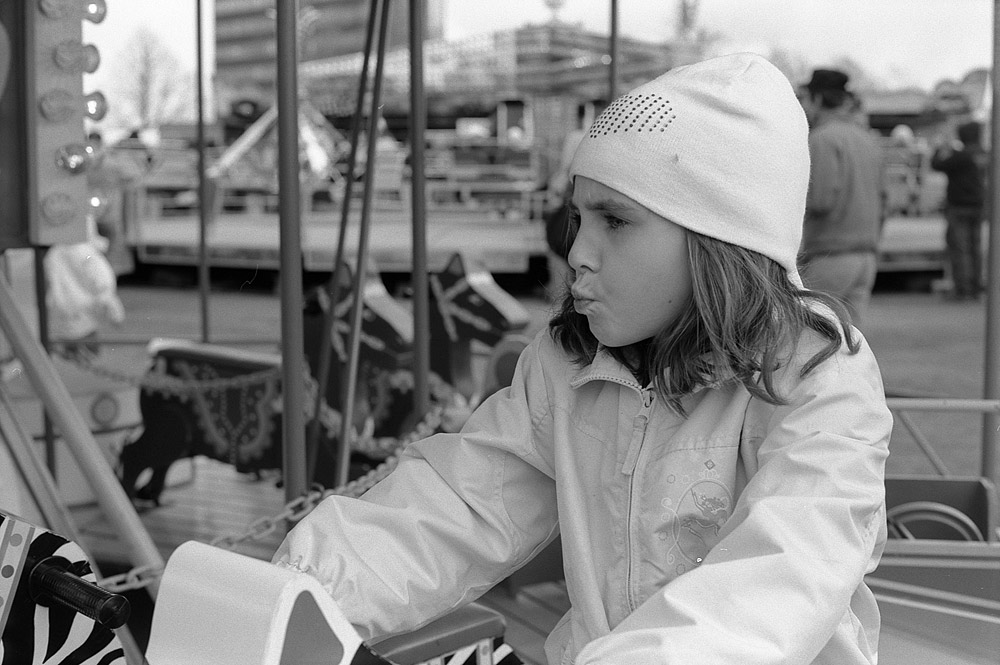cambolt
Green Spotted Nose Turtle
Now for a nice little test. I have taken 4 identically exposed shots from my balcony. 2 are from a Nikon D40 and 18-55mm kit lens, shot in RAW. The other 2 are from a Pentax Spotmatic and Carl Zeiss Jena Pancolar 50/1.8, on Tri-x developed in ID-11 1+1 for 9:45 minutes, scanned in a Epson 3170 at 3200dpi.
The first (darker) photos were exposed at 1/250 sec at F/11, ISO 400
The second set was exposed at 1/30 sec, f/11, ISO 400.
I suppose it would be more of a legitimate test if the photos were wet prints, but that's not possible for me.
Digital (dark):

DSC_2506.JPG by d40monster, on Flickr
Film (dark):

File0048.JPG by d40monster, on Flickr
Digital (lighter):

DSC_2508.JPG by d40monster, on Flickr
Film (lighter):

File0049.JPG by d40monster, on Flickr
And now to see if I can make the digital conversions look like the film!
You should be able to download the pictures off flickr if you want to try yourself, be sure to post the results here!
The first (darker) photos were exposed at 1/250 sec at F/11, ISO 400
The second set was exposed at 1/30 sec, f/11, ISO 400.
I suppose it would be more of a legitimate test if the photos were wet prints, but that's not possible for me.
Digital (dark):

DSC_2506.JPG by d40monster, on Flickr
Film (dark):

File0048.JPG by d40monster, on Flickr
Digital (lighter):

DSC_2508.JPG by d40monster, on Flickr
Film (lighter):

File0049.JPG by d40monster, on Flickr
And now to see if I can make the digital conversions look like the film!
You should be able to download the pictures off flickr if you want to try yourself, be sure to post the results here!






